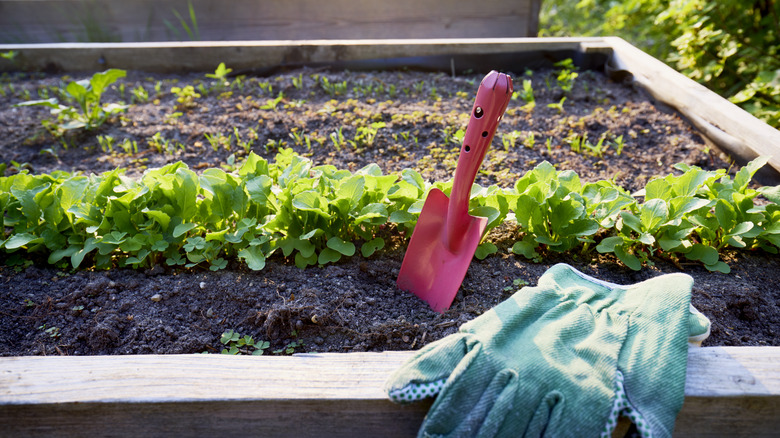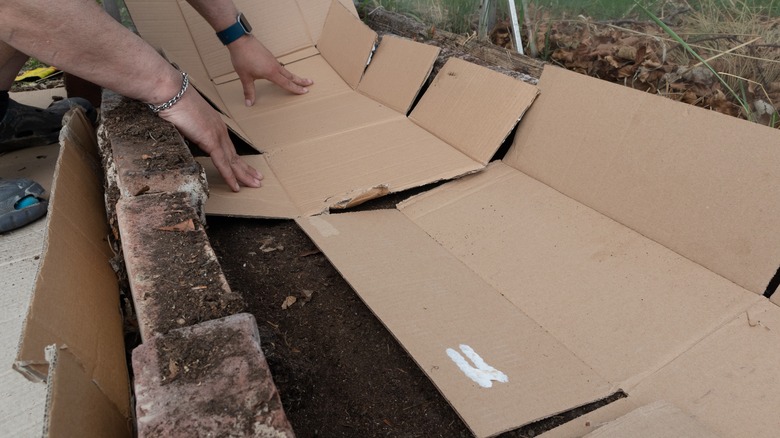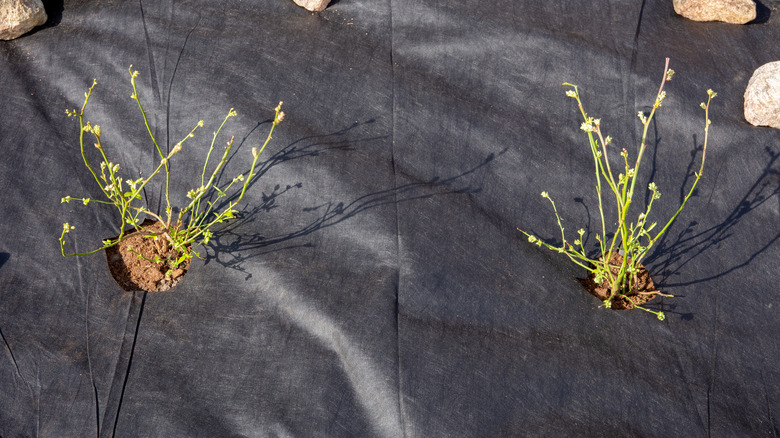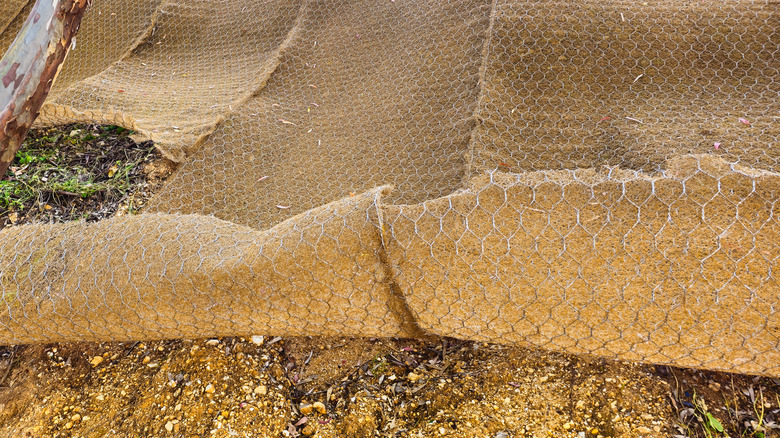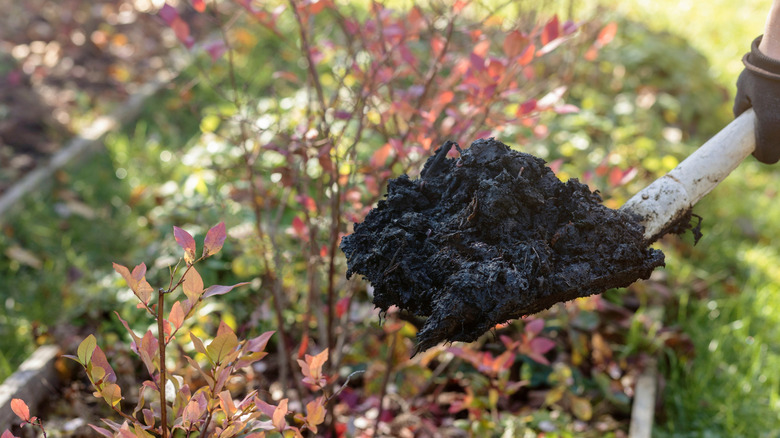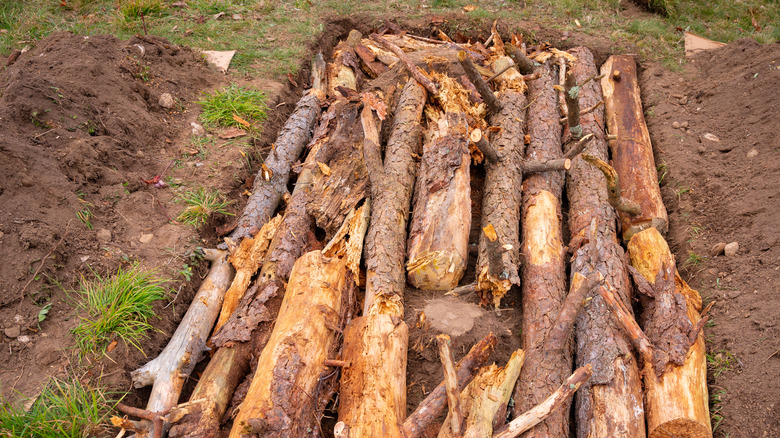7 Best Base Ingredients For Thriving Raised Garden Beds
You may think that plants don't care what's under their feet, but they do — especially if you're using a raised bed. Building a raised garden bed is one of the easiest ways to give your plants a strong start. They improve drainage, keep the soil loose for healthier roots, and make it harder for weeds and burrowing pests to take over. But for your raised bed to work its best, you need to start with the right base at the bottom.
Gardeners use a variety of materials for this base layer, depending on their yard, soil, and local pests. You've got plenty of options to work with — from simple materials like cardboard and burlap to sturdier choices like hardware cloth or landscape fabric. Some gardeners also add organic layers like leaves or logs to build up the base. Each one works a little differently, but picking the right mix can help your raised bed drain well, feed your plants, and stay free of weeds and pests ... or at least see less of them.
Newspaper
Using newspapers in the garden for weed control is an easy, budget-friendly way to prep the bottom of raised beds. When laid down in several layers, it stops light from reaching unwanted plants in the soil. As it breaks down, it adds organic matter to the soil and creates a healthy environment for worms and microbes. Since newspaper decomposes fairly quickly, often within a few months, it works best as a short-term weed barrier during the bed's first season.
Cardboard
Cardboard makes it surprisingly easy to tell weeds and grass they're not invited to your raised bed. Once in place, it blocks light and smothers unwanted growth. Then while breaking down, it enriches soil with organic matter and helps get the raised vegetable bed established. The layers usually decompose after a few months, so expect a bit of settling as everything shifts. Just be sure to pull off any tape or glossy pieces first — they don't break down like the rest.
Burlap
Burlap works well as a natural barrier at the bottom of raised beds. It helps block weeds from sunlight while still allowing water and air to move through. Since it's made from natural fibers, it slowly breaks down over time and adds organic matter to the soil. You can usually find it in the form of old sacks or rolls, which are easy to cut and fit into the bed. Keep in mind that burlap won't last forever. After a season or two, it will decompose and may need replacing if you want to keep a barrier in place.
Landscape fabric
Landscape fabric is a stubborn doorman for your raised bed. It suppresses growth but lets water drain through. In cooler months, it can even help the soil retain warmth and moisture by minimizing evaporation. However, over time, the small holes can clog with dirt, which may slow down drainage. However, since most landscape fabrics are synthetic, they won't break down and add nutrients to the soil. Plus, deep-rooted plants won't grow well. If you decide to use it, cut it to fit snugly and secure the edges to keep weeds from sneaking through the gaps.
Hardware cloth
Hardware cloth is another option to consider, especially if you're worried about burrowing pests getting into your raised bed. The fine metal mesh also blocks animals like rats, moles, and voles from tunneling up into the soil. It does take a little extra work to cut and fit, and you'll need to attach it securely to the bottom of the bed so pests can't slip through the edges. Choose galvanized or stainless steel mesh to prevent rust. While it won't break down like organic materials, it creates a strong, long-term barrier without harming your soil.
Organic materials (leaves, straw, grass clippings)
If you're looking for a natural way to fill some of the lower space in a raised bed, organic materials like leaves, straw, and grass clippings can do the job. As they break down, they slowly turn into compost, improve soil texture, and help hold moisture. Keep in mind these materials decompose fairly quickly, so the bed may settle more than expected. To avoid gaps, add them in thin layers and top them with plenty of soil.
Logs
Logs and branches can fill space in a raised bed. This approach, known as hügelkultur, layers large pieces of wood at the bottom. As they break down, they add organic matter to the soil and hold onto moisture to keep plants hydrated during dry spells. However, the wood can decompose unevenly and cause the soil to sink as it breaks down. Keep adding soil or compost for stability. Cover the wood with compost or rich soil before planting. Stick to untreated, well-aged wood, and avoid species like walnut or eucalyptus that can release harmful compounds into the soil.
